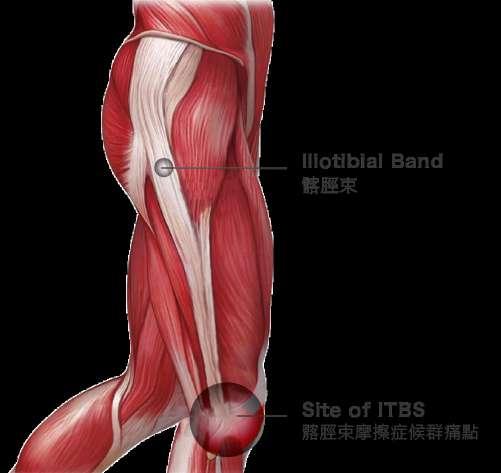
2 minute read
PRACTICE YIJINJING TO STRENGTHEN MUSCLE GROUPS AND REDUCE INJURIES AND PAINS
from VELO Magazine 2023
by Vision Index
Cycling is a great form of exercise but not all bike rides end well. During the Central Taiwan 100K Bicycle Race, a young man experienced lower back pain along with tightness and a stingy sensation on his lateral thigh. Despite the discomfort, he refused to give up and completed the race, but afterward, he hurried to Yipin Chinese Medical Clinic in Fengyuan for treatment. By the time he arrived, he could barely stand up straight and had to hunch over, supporting his lower back with his right hand on his hip as he slowly made his way into the exam room, writhing in agony.
After the director, Chang Yung-ming examined him carefully, the cyclist was diagnosed with Patellofemoral Pain Syndrome (PFPS) and Iliotibial Band Syndrome (ITBS). PEPS is a condition characterized by pain and discomfort around or behind the kneecap. It typically occurs during activities that involve bending of the knee. Iliotibial Band is a long, thick and tough longitudinal tendon along the lateral thigh connecting the lateral pelvis to the lateral knee joint and fibula. If a bicycle saddle is set too high, or the rider adopts a hunched position, or the rider pedals at a rapid cadence, the iliotibial bands may repeatedly rub against the bones, leading to inflammation and pain in the tendons.
Advertisement
Painful knees and thighs are a common complaint, and patients may fall into one of five categories based on the location of their discomfort: skin, meridian, flesh, tendon, or bone. Director Chang provides treatment options tailored to each patient's specific needs, such as collateral meridian or immediate acupuncture, massage, heat pads, fire pots, or bloodletting, with the aim of reducing pain as much as possible.

For more than two decades, Director Chang has been practicing Yijinjing, a well-known Chinese exercise that promotes health. As an expert, he has personally experienced the benefits of these exercises in terms of strengthening muscle groups and preventing sports-related injuries. To help cyclists minimize their risk of injury, Director Chang recommends the following two exercises.
Dr. Chang Yung-Ming
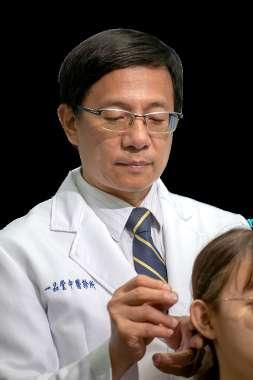
Movement 7: Nine Ghosts Pull Out Sabres
Raise the right arm over your head and lay it behind the left ear and turn your head toward the left side while the left hand lays on the lower back. Breathe evenly, keep both legs straight and shoulder width apart. Repeat this movment on the other side. Imagine the lower hand is holding a sabre while the higher hand is pulling the sabre out of the sheath.
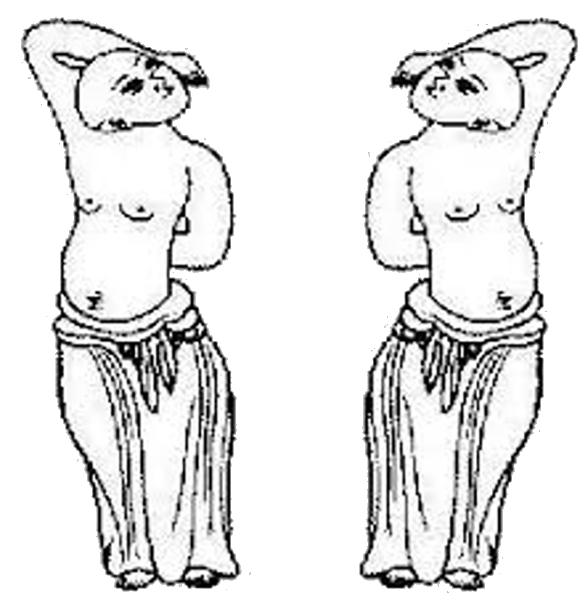
Benefits: This movement exercises the Bladder Meridian to ease the pains in the lower back and posterior thighs and stiff toes.

Movement 10: Crouching Tiger Pouncing on Prey
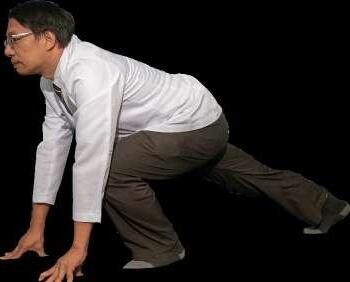
Squat down, lean forward and support yourself with all ten fingers on the ground. Next, straighten the right leg and lay it down with your toes on the ground. At the same time, lift up your head to look straight ahead and breathe evenly. Repeat on other side.
Benefits: This movement exercises the Sanjiao Meridian and the Gall Bladder Meridian. By stretching the lower back and vertebrae, the vertebrae will be more flexible. In addition, the hands and lateral thighs will be relaxed.
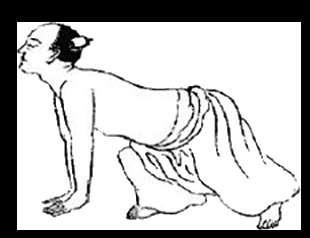
BYE-BYE










